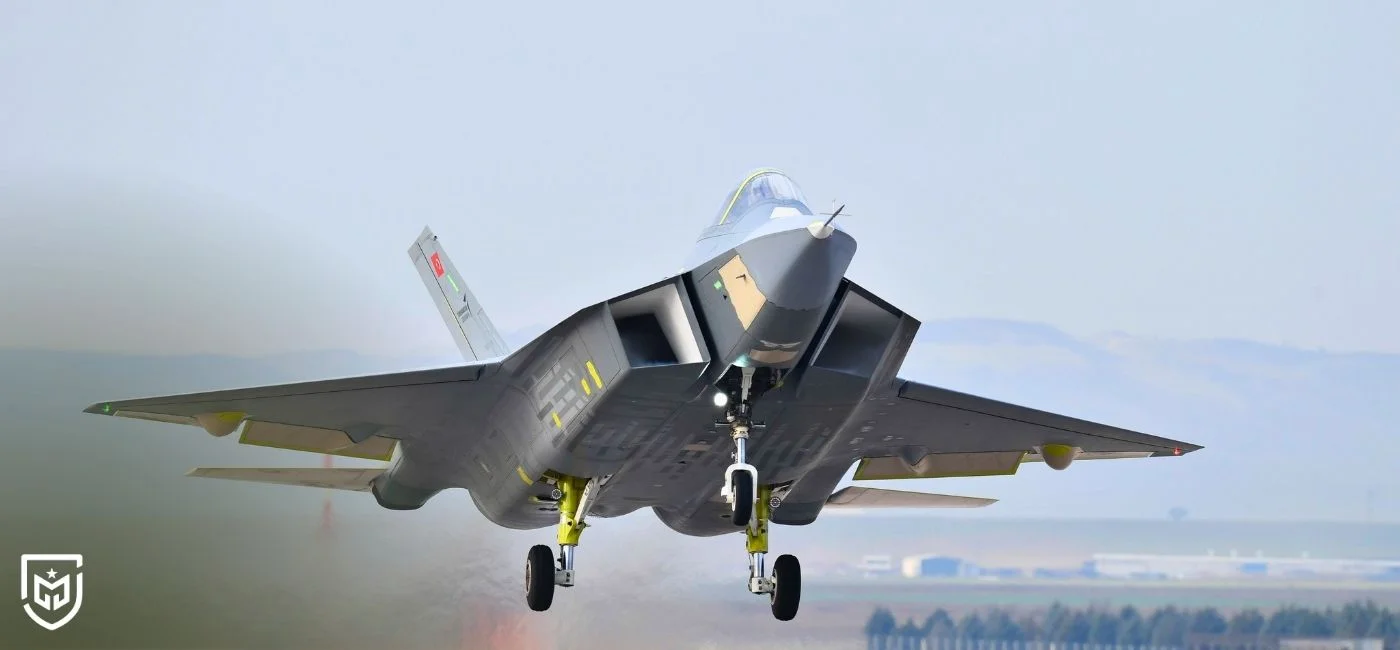

BREAKING NEWS

President of the Presidency of Defense Industries (SSB), Haluk Görgün, shared important updates on the KAAN National Combat Aircraft program, its engine procurement process, and the status of Türkiye’s indigenous engine development efforts. Görgün underlined that KAAN’s long-term future is not tied to the engines of any single country, as Türkiye continues to pursue alternative procurement channels while simultaneously developing its own national engines. He stated that achieving full independence in strategic engine technologies remains a core priority for Türkiye’s defense industry.
According to Görgün, Türkiye has made significant progress in deploying indigenous engines across land, air, naval, and missile platforms. The TUNA and AZRA Gen-2 engines are now powering land vehicles, while UTKU and BATU power groups are advancing for tanks and heavy tracked platforms. In the air domain, the PD170, PD200, and PG50 engines are strengthening capabilities across ANKA, AKSUNGUR, TB3 and Kargı UAV systems. On the helicopter side, the TS1400 turboshaft engine for the GÖKBEY helicopter is progressing through certification tests. Türkiye has also developed the KTJ series jet engines—KTJ3200, KTJ1750, and KTJ3700—for ATMACA, SOM, and ÇAKIR missiles, while naval platforms are being equipped with LEVEND, Marin X7 and MAVİ BATU systems.
In jet engine technologies, Görgün highlighted successful milestones such as the TF6000 turbofan engine developed for ANKA-III, ongoing TF10000 development for KIZILELMA, and the continued progress of KAAN’s primary engine, the powerful TF35000, alongside the APU60 auxiliary power unit. These achievements demonstrate Türkiye’s advancing ecosystem in high-performance propulsion systems.
Görgün confirmed that all engines required for KAAN’s prototype aircraft have been procured and delivered to Türkiye, and production of the prototypes is continuing at full speed. The KAAN program follows a block development approach, meaning the aircraft will gradually evolve with new capabilities and, eventually, a fully indigenous engine. He emphasized that there is no delay in the serial production timeline. Should the need arise, he noted that alternative engines could be integrated into early production blocks without causing significant schedule disruption due to Türkiye’s agile engineering and development processes.
Regarding the U.S. engine procurement request, Görgün stated that the official application process has been completed. However, Türkiye’s strategy remains unchanged: the final, advanced versions of KAAN delivered to the Turkish Air Force will operate with Türkiye’s own national engines. He also confirmed that the 48 KAAN aircraft planned for export to Indonesia will be powered by indigenous engines—not U.S.-made ones.
Addressing past criticisms about delays in domestic engine development, Görgün acknowledged that earlier setbacks existed but affirmed that the last two years have seen substantial progress, with responsibilities and schedules clearly defined. Türkiye’s Gaz Turbine Engine Roadmap continues to guide the country toward full independence in jet engine technologies.
Görgün concluded by emphasizing the unwavering commitment of Türkiye’s engineers, researchers and industry leaders, stating that under President Recep Tayyip Erdoğan’s leadership, the nation remains determined to strengthen its “fully independent defense” vision.
Post Comment
Comments
No comments yet.
Related News
National Target Seeker MİHAL Proves Its Capability in GÖKDOĞAN Launch from KIZILELMA
ASELSAN General Manager Akyol: “We have paved the way for achieving what was thought impossible in the world”
Satellite Communication System Tailored for Equatorial Missions Empowers Türkiye’s National UAVs
U.S. MQ-28 Test Overshadowed by KIZILELMA’s Historic Air-to-Air Missile Success
Leonardo Signs Multi-Year Support Agreement for Italian C-27J Spartan Fleet
ANKA III Achieves Major Milestone: Autopilot Tests Successfully Completed
New Era in Turkey–Egypt Defense Cooperation: AKREP and HAMZA-1 Unveiled at EDEX 2025
Historic Joint Operation Success from Bayraktar TB3 and Albatros-S in the Blue Homeland